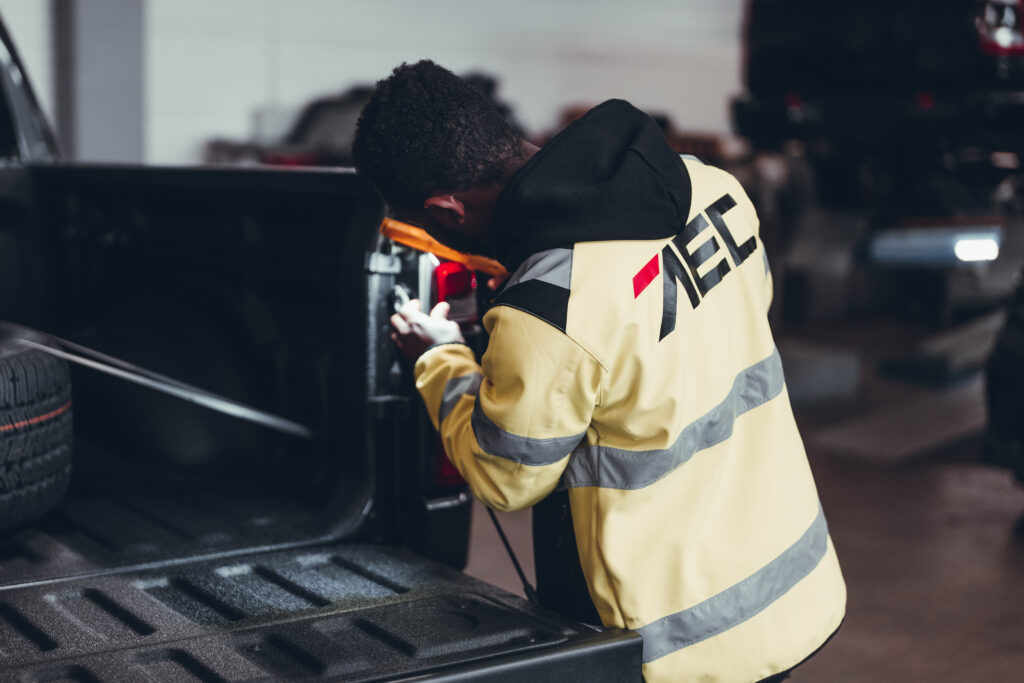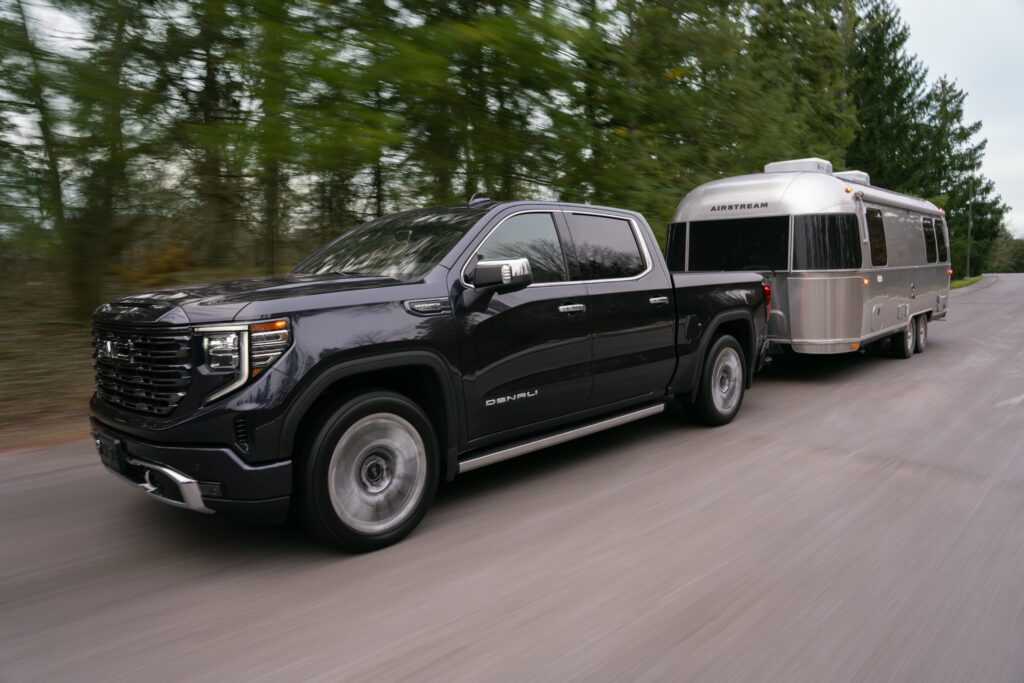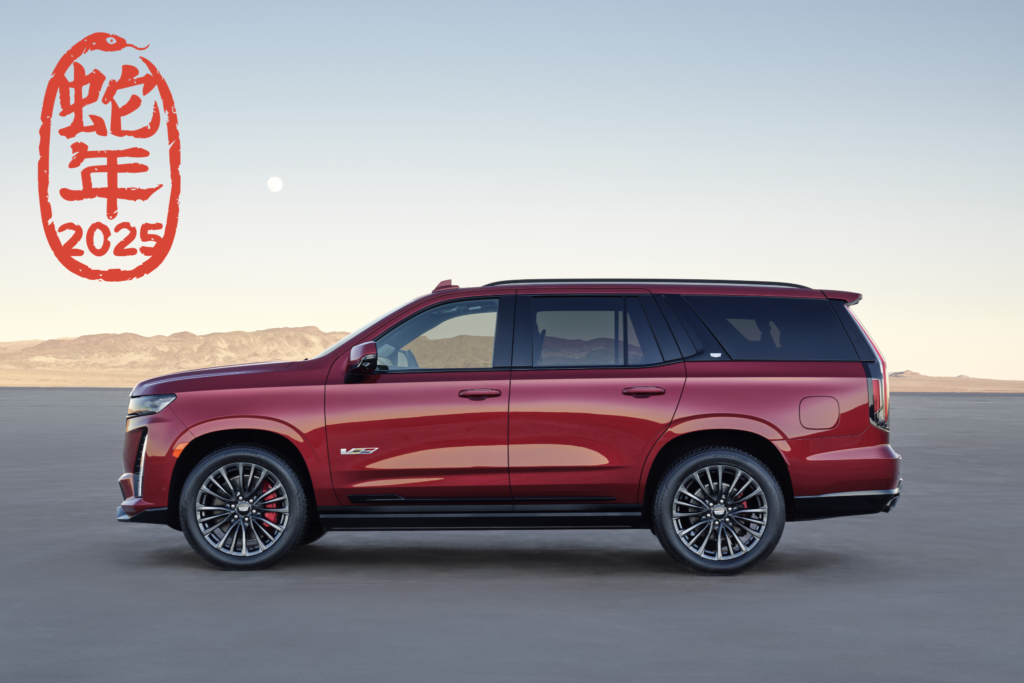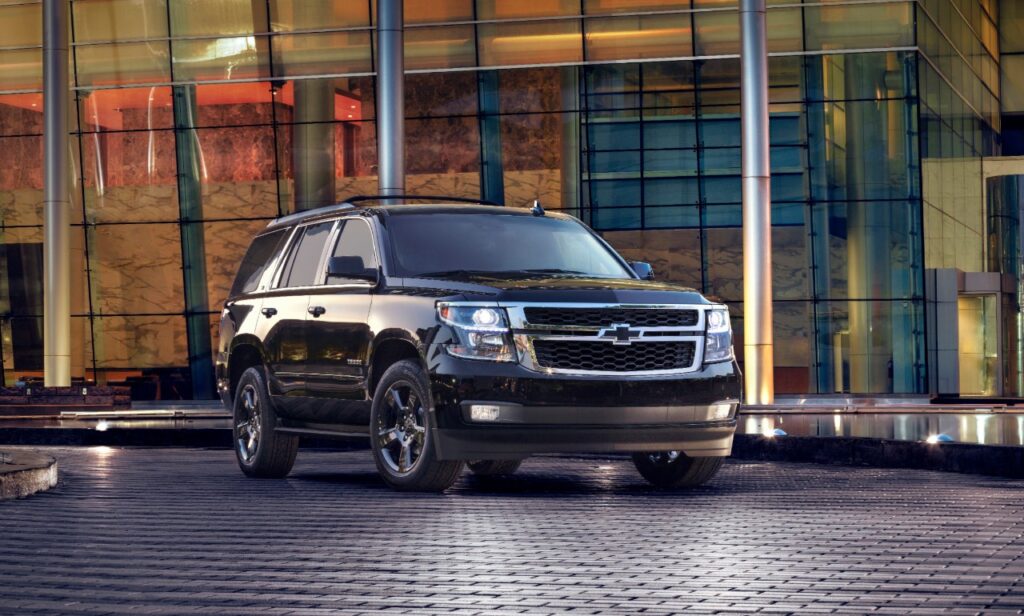It should come as a surprise to no one that the automotive industry has traditionally been viewed as a man’s game. When thinking about the history of the automobile, the names that jump to your mind are likely male: Henry Ford, Karl Benz, William Durant, Kiichiro Toyoda… This rings true in popular culture, too – imagine a convertible cruising along the California coast, and you probably picture James Dean, or hear the words Aston Martin, and James Bond immediately crosses your mind.
While we associate cars overwhelmingly with men, women do in fact play a prominent role in the automotive industry. According to Forbes, women make up 62% of car buyers in the United States, and there are 1.4 million more women in the U.S. with driver’s licenses than men. Although the automotive sector is still lagging in representation, coming in at 27.1% of women employees, to say that the car world is a man’s world is simply inaccurate. This isn’t a new development, either – a lot of the automobile’s development can be directly attributed to women. In honor of International Women’s Day, let’s take a look at some of the lesser-known women behind the wheel in history.
Bertha Benz
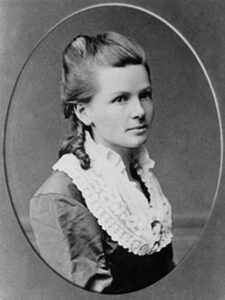
We’ve all heard the name Benz (of Mercedes-Benz) before, and many of us know that Karl Benz is credited with the invention of the first practical modern automobile back in 1885. However, his innovative contraption wouldn’t have taken off without his wife, Bertha Benz, who brought his ideas to the masses by completing the world’s first long-distance trip in 1888. At the time, motorized trips only took place as short trials. Bertha took off in secret, attempting to prove to her husband that his invention could in fact be useful to people at large and become a financial success – it’s safe to say she was right.
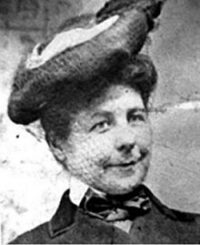
Mary Anderson
You may think of a car as a simple tool to get from point A to point B more quickly, but there are many little things that go into ensuring your journey goes smoothly and safely. The windshield wiper may not seem like a big deal, but back in the late 1800s, drivers had no way of getting rid of rain, snow, or sleet in bad weather. Instead, they would have to hold off for better weather or risk their luck by driving in unclear conditions. All of that changed in 1903, when Mary Anderson invented the world’s first windshield wiper using a rubber blade. Road trip saved!
June McCarroll
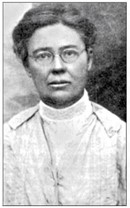
Anyone driving today knows how crucial road markings are to being safe on the road. It may shock you, therefore, to learn that at one point, road markings didn’t exist at all. It wasn’t until 1917, when June McCarroll survived a near miss with a truck and came up with the idea for standardized road markings. Her idea didn’t take off right away, though. Painted laws didn’t become California law until 1924, after which the rest of the U.S. quickly followed suit.

Hedy Lamarr
Actress Hedy Lamarr is well-known as one of Hollywood’s Golden Era starlets, but she was more than just an entertainer. An avid inventor, Lamarr is actually the reason we have Bluetooth in our cars and cell phones. She developed the frequency-jumping technology that is still in use today.
Manal al-Sharif

Cars have long been seen as a source of freedom – with a car, you can move freely, explore distant places, and quite literally get up and go. In 2011, Manal al-Sharif took that to the next level when she posted a video of herself driving a car in Saudi Arabia, where women were not legally allowed to drive. That simple act started a movement, which resulted in the ban on women driving being lifted in 2017 and changed history.
The automotive industry still has a way to go when it comes to making sure women have a seat at the table, so it’s important to acknowledge the critical role women have played in the industry and the impact they continue to make today. Interested in learning more about automotive history? Check out 10 Things You Didn’t Know About Dodge or RAM for more industry insights.

